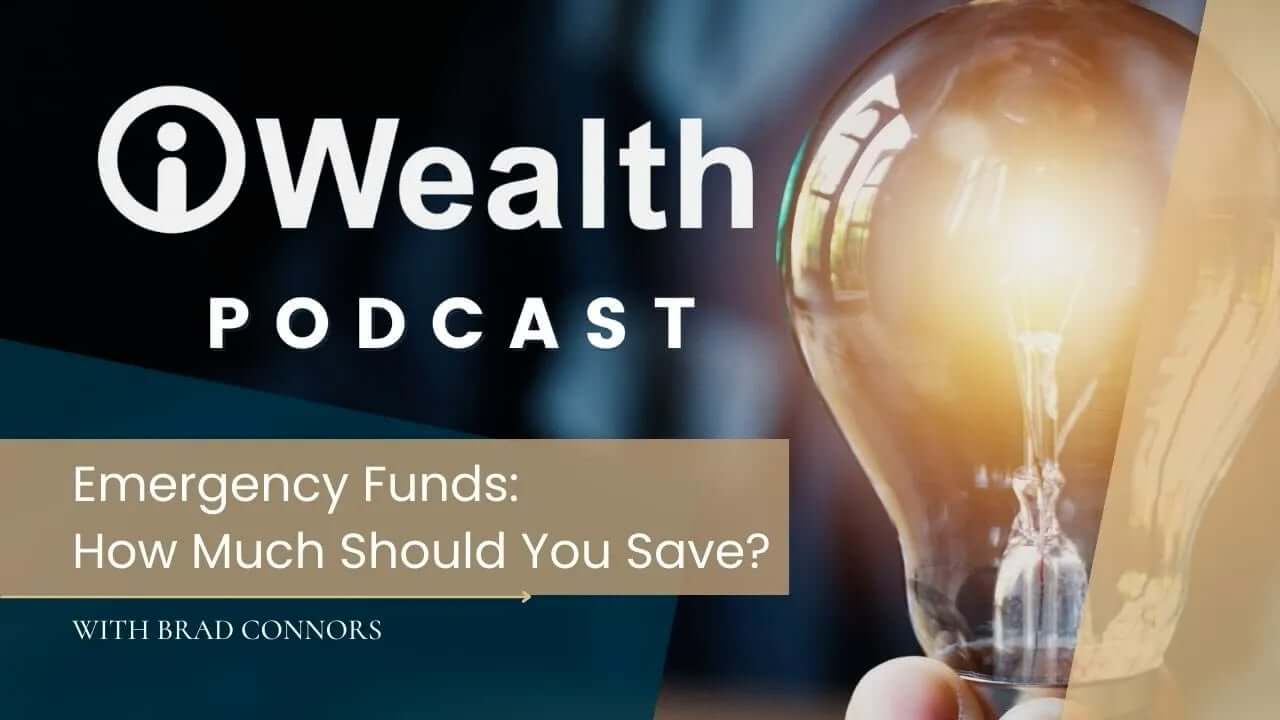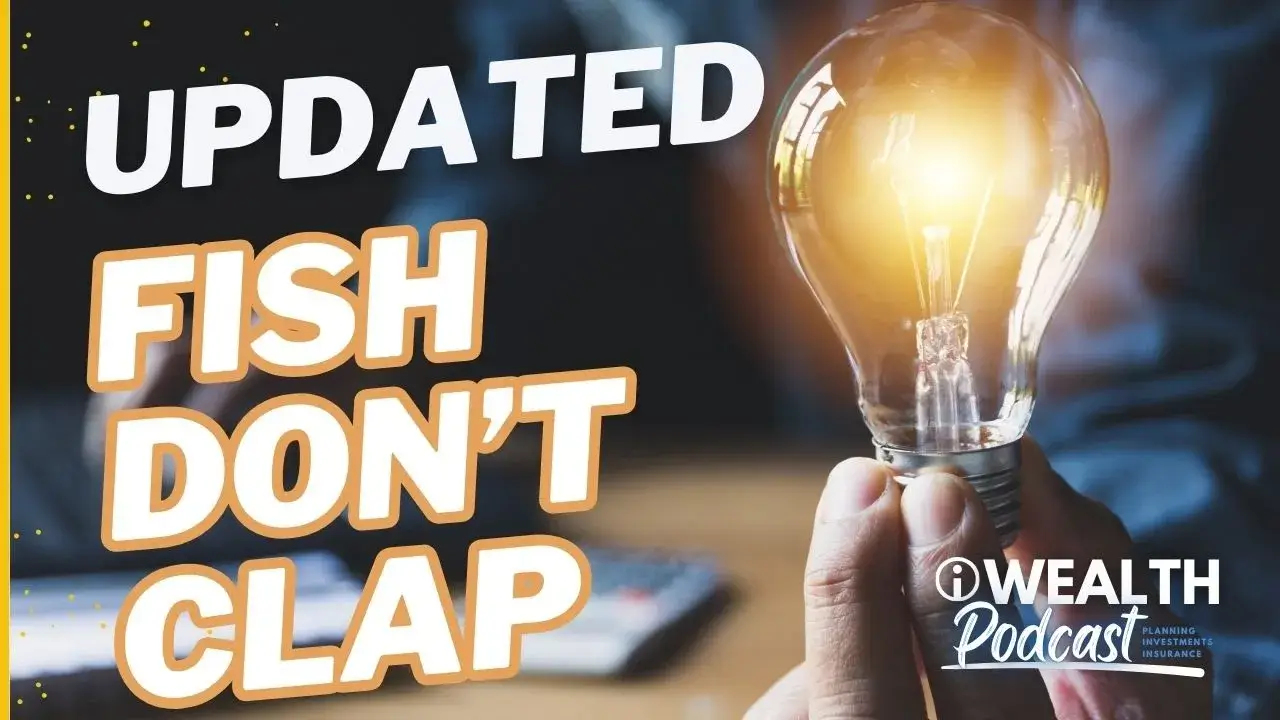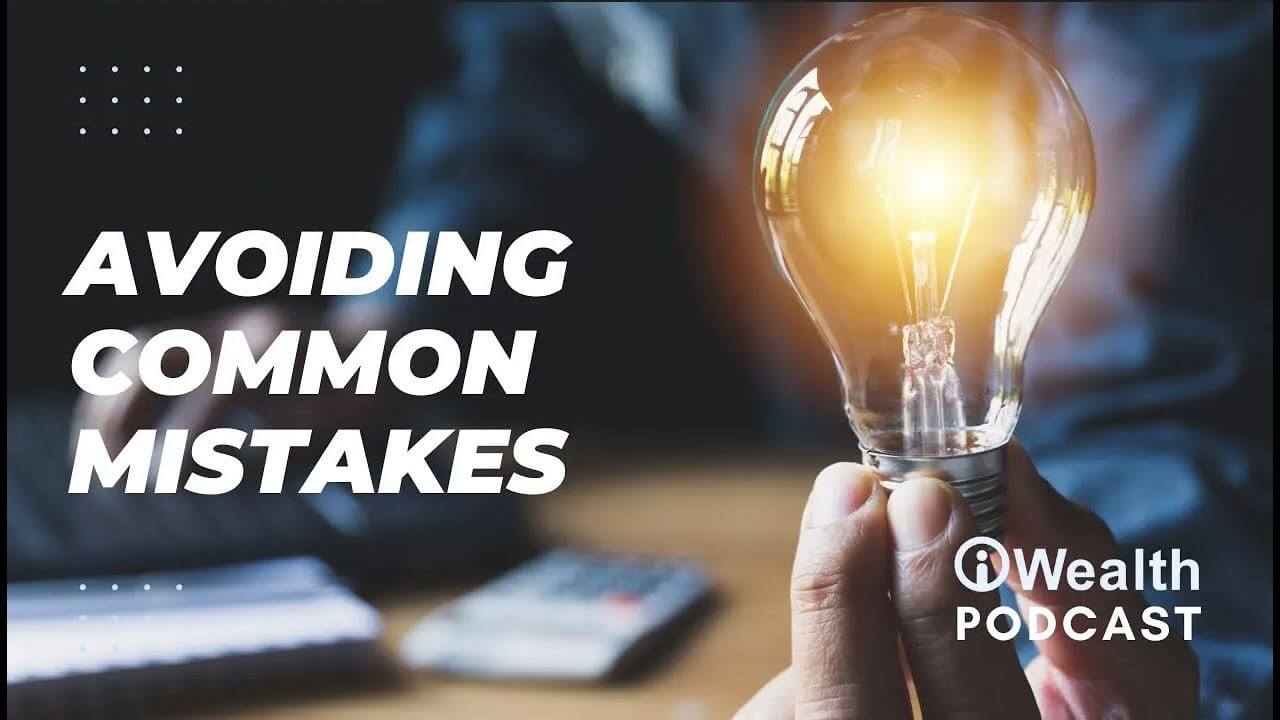Why an Emergency Fund Matters
A lot of people have questions regarding emergency funds. How much should you be saving, and where should those savings go? Balancing debts while trying to save can also pose its unique challenges. This post outlines some basic principles that can guide you as you think through your personal budgeting.
Building an Emergency Fund Between You and Life
An emergency fund acts as your financial safety net, designed to cover unexpected expenses or financial downturns without derailing your budget or pushing you into high-interest debt. If your furnace breaks down, you don’t want to put $7,000 on a high interest credit card. Emergency funds take the stress out of the unexpected and help position families to help pursue their financial goals.
How Much Should You Really Save?
The size of your emergency fund can vary significantly depending on individual circumstances such as job stability, family size, and lifestyle. While many advisors suggest a range of three to six months, it’s important to assess your own risk factors and financial obligations. It’s also important to note that if you have outstanding debt with high interest accounts like a credit card, you must pay down that debt before stockpiling cash into your emergency fund.
Where Should You Store Your Emergency Fund?
Once you’ve cleared out high-interest debts, consider diversifying how you store your emergency fund. Traditional savings accounts offer safety but yield little interest. Exploring low-risk investment options can allow your emergency fund to grow, yet remain accessible. It’s about striking a balance between accessibility and growth; your emergency fund should work for you, not just sit there.
Personalize Your Emergency Strategy
There is not a one-size-fits-all solution with your emergency fund. Entrepreneurs, for instance, might need a year’s worth of salary stored up due to variable income streams. On the other hand, someone with a stable job and fewer dependents might opt for a smaller fund. The key is to tailor your emergency fund to fit your life situation, helping it align with your financial and personal needs.
Starting Small
It’s okay to start small. Accumulating three to six months’ worth of savings is no small feat. Begin by automating small transfers to your savings account and gradually increase the amount as you become more comfortable and your debts decrease.
Final Thoughts
The journey to financial independence starts with solid foundations, and an emergency fund is a cornerstone. For personalized advice, explore our financial planning services or reach out and contact us to discuss your financial health and start building your safety net today. Remember, the right emergency fund size and strategy differs for everyone. It’s about having the financial freedom to address life’s unexpected turns without fear.
Disclosure:
There is no guarantee that a diversified portfolio will enhance overall returns or outperform a non-diversified portfolio. Diversification does not protect against market risk.
The opinions voiced in this material are for general information only and are not intended to provide specific advice or recommendations for any individual.
No strategy assures success or protects against loss.
Explore More
Fish Don’t Clap: Why You Might Change the Way You Think About Retirement
Retirement Plannning Holistic Financial Planning
Q1 2023 iWealth Financial Market Update
Quarterly Market Update Investment Strategy
The Importance of Estate Planning – Avoiding Common Mistakes
Tax and Estate Planning Financial Planning






